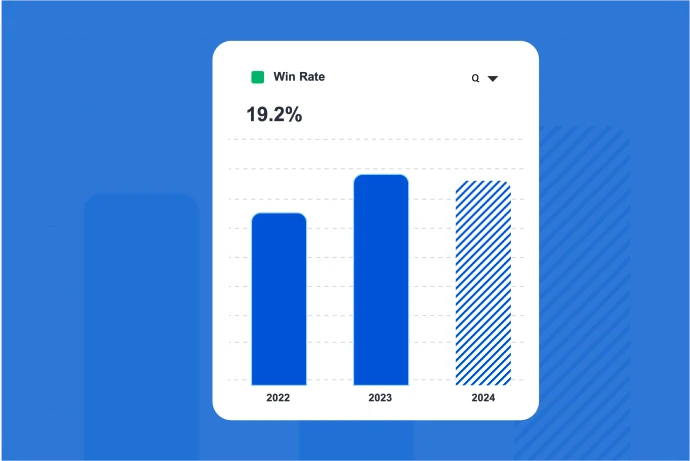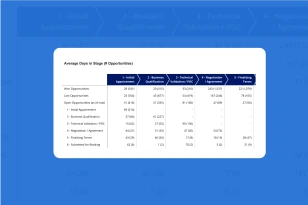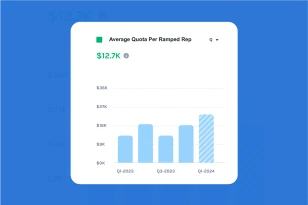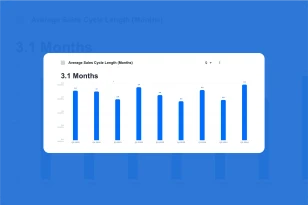What is Win Rate?
Win Rate measures the percentage of successfully closed deals relative to the total number of opportunities closed – either won or loss – during a specific period. It quantifies the effectiveness of the sales team in converting opportunities into customers.
Why is it important to monitor Win Rate?
Win Rate holds significance for several reasons:
- Performance Evaluation: The metric provides a clear indication of the sales team’s performance in converting leads into customers. A high Win Rate suggests effective sales strategies, customer engagement, and deal-closing capabilities.
- Revenue Forecasting: Win Rate is essential for accurate revenue forecasting. By understanding the likelihood of closing deals, the company can better project future revenue and make informed decisions about resource allocation and growth strategies.
- Resource Optimization: Monitoring the Win Rate helps optimize resource allocation. It allows the company to focus on leads and opportunities with a higher probability of conversion, ensuring that sales efforts are directed toward the most promising avenues.
- Continuous Improvement: Tracking the Win Rate over time enables the identification of trends and patterns. This information can be used to implement continuous improvement strategies, refining sales tactics and addressing any factors that may impact deal closure.
How do you calculate Win Rate?
Win Rate for a specific period = (Amount (or # of Opps) Closed Won / Amount (or # or Opps) Closed Won + Closed Lost) * 100
How do you improve Win Rate?
Improving the Win Rate involves strategies to enhance the sales process, customer engagement, and deal-closing capabilities. Here are some approaches to improve this metric:
- Effective Lead Qualification: Implement a robust lead qualification process to ensure that the sales team focuses on high-potential opportunities. This ensures that efforts are directed toward leads with a higher likelihood of conversion.
- Customer-Centric Approach: Tailor sales strategies to align with customer needs and pain points. A customer-centric approach, focusing on understanding and addressing customer challenges, can improve engagement and increase the likelihood of deal closure.
- Sales Training and Development: Invest in ongoing training and development programs for the sales team. Equip representatives with the latest product knowledge, sales techniques, and objection-handling skills to enhance their effectiveness in the sales process.
- Detailed Sales Analytics: Utilize detailed analytics to analyze the entire sales process. Identify stages where deals commonly stall or fall through and implement strategies to address those specific challenges.
- Customer Testimonials and References: Showcase customer testimonials and references during the sales process. Positive reviews and endorsements from satisfied customers can build trust and confidence, increasing the likelihood of deal closure.
- Continuous Feedback Loop: Establish a continuous feedback loop between the sales team and management. Regularly review closed and lost deals to identify trends, challenges, and areas for improvement. Use this feedback to refine sales strategies.
- Clear Sales Playbooks: Develop and maintain clear and comprehensive sales playbooks that guide representatives through each stage of the sales process. Having a well-defined strategy improves consistency and effectiveness.
- Incentive Structures: Review and optimize incentive structures to align with desired outcomes. Well-designed incentive programs can motivate the sales team to focus on closing high-value deals, positively impacting the Win Rate.





